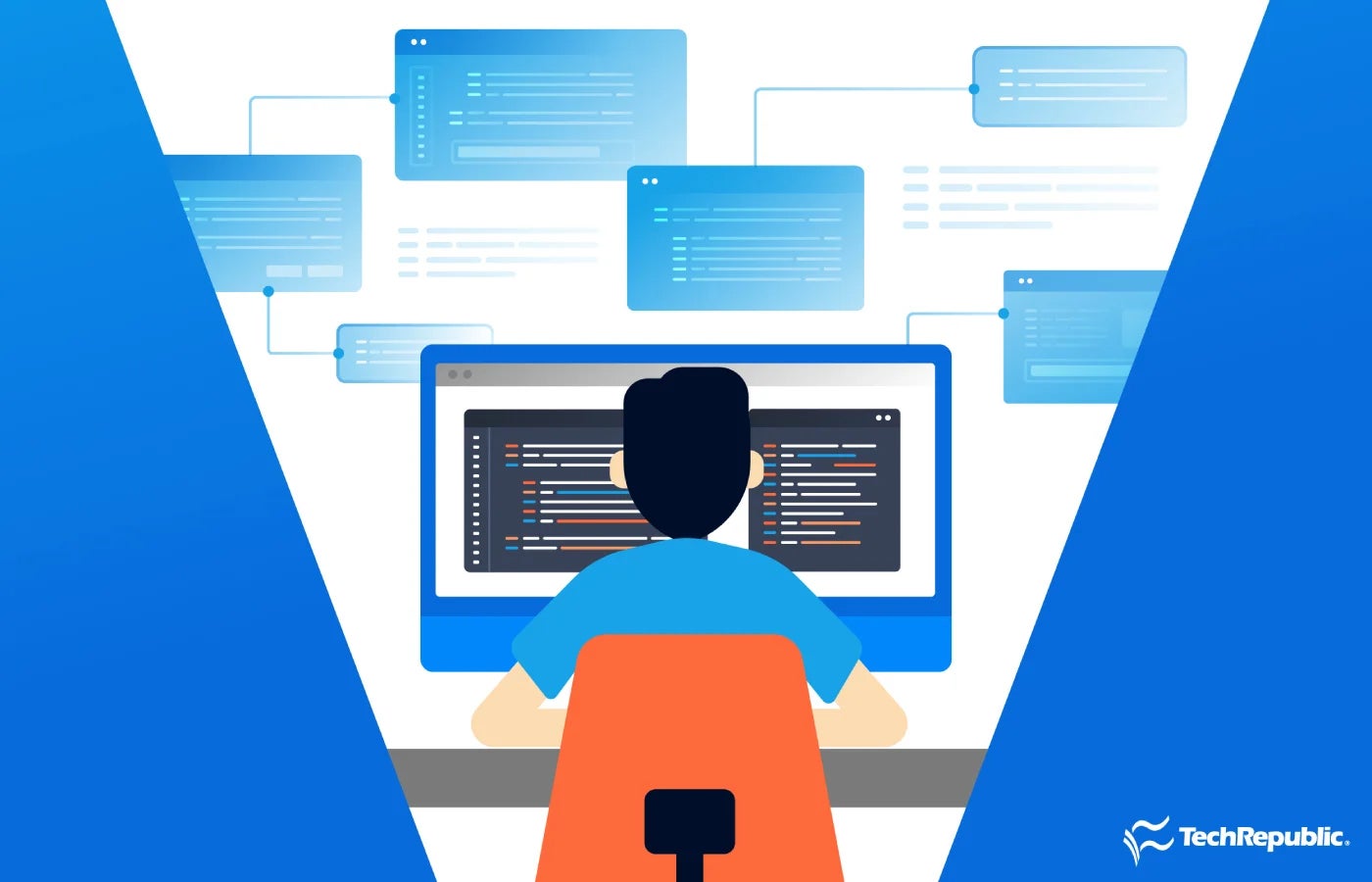Tamil Nadu Chief Minister M.K. Stalin presents the first copy of ‘Vaikom Satyagrha (1924-2023) Centenary Souvenir’ to his Kerala counterpart Pinarayi Vijayan in Chennai in 2023.
| Photo Credit: The Hindu
A little over a 100 years ago was a landmark socio-political moment like no other. The Vaikom Struggle, which culminated in the lifting of the barriers to the entry of backward caste Hindus to the local temple in the erstwhile Travancore princely State, would be the first of many mass movements that brought political attention to religious reform. Since then, the Dravidian Movement founded by Periyar E.V. Ramasamy and its self-respect principles have enabled wider reforms within the Hindu religion and paved the way for a more egalitarian society. What is less understood is that this was made possible only due to the insertion of a key clause in the Constitution by Dr. B.R. Ambedkar. Celebrating the centenary of Vaikom is not just a tribute to Periyar’s persistence and B.R. Ambedkar’s acumen but also a re-assertion of the strong reformist tendencies that continue to pervade through modern-day politik in South India.
The evolution of a mass movement
The Vaikom Struggle was fought against the prohibition of backward caste Hindus from walking on the streets adjacent to the Vaikom Mahadeva temple. When leaders of Kerala State Congress Committee and other social activist leaders began agitating against the injustice, they faced a clamp down by the administration. With the entry of Periyar in 1924, it slowly became a mass movement, bringing people from all classes within its fold. In November 1925, when the restrictions to walk on the streets finally lifted, the long arc of political movement began tilting towards social justice. In the decade that followed, movements erupted in other parts of the country, with B.R. Ambedkar leading protests to enter the Ambadevi Temple and Kalaram Mandir, where Dalits were denied entry.
However, the trajectory of reform in South India was progressing at a faster pace with the Legislative Assembly introducing a Bill to allow temple entry in 1932, followed by the Travancore Temple Entry Proclamation in 1936, the Malabar Temple Entry Bill 1938. There was also the entry of backward castes in the Madurai Meenakshi Sundareswarar Temple and the Thanjavur Brihadeeswara Temple in 1939. The Madras Temple Entry Authorization Act 1947 enabled Hindus of all castes to enter and offer worship in all temples within the then Madras Presidency.
Though many of these reforms took place prior to the adoption of the Constitution of India, the Constituent Assembly took great care in delimiting the right to freedom of religion. During discussions on December 7, 1948, B.R. Ambedkar included the prefix ‘subject to public order, morality and health’ restricting the extent of the fundamental right and thereby enabling state intervention when necessary.
These seven words went on to form the legal and legitimate basis for reforms within the fold of religion, thereby enabling constitutional courts to intercede when there was a contestation of fundamental rights, namely between those of equality and religion.
State and the issue of regulation
The larger issue has always been whether temples, and religion at large, can be regulated by the state. If this is allowed, some argue, then the government will lose its secular character. There can be nothing further from the truth or logic. The intervention of the State to regulate temples, which are public spaces, is to ensure equality and access. A long history, beginning with the enactment of the Madras Hindu Religious Endowments Act 1927 to the present-day Tamil Nadu Hindu Religious and Charitable Endowments Act 1959, would make it apparent the legislative intent to manage religious affairs in consonance with public order and morality. This position has been confirmed through various judgments beginning from The Commissioner, Hindu Religious Endowments, Madras vs Sri Lakshmindra Thirtha Swamiar of Sri Shirur Mutt 1954 (Shirur Mutt case), where the Supreme Court of India upheld the proposition that the state can manage the secular affairs of the temple and propounded the test of essential religious practice.

Since then, successive governments in Tamil Nadu, beginning in 1970, have enacted laws to enable backward caste Hindus to be appointed as archakas (priests), which some have regarded as a contentious act of interference in religious affairs. In such instances, the Court has upheld the right of the State to manage secular matters in temples while carving out a special category of ‘Agamic temples’.
Change and resistance
Over the last few years, Governments of Kerala and Tamil Nadu have appointed hundreds of trained archakas, Odhuvaars and Bhattacharyas from non-Brahmin castes. These have been met with resistance within and outside the courts of law. These reforms challenge orthodox religious beliefs and entrenched social diktats. Nevertheless, the push for reforms is stronger than before. One hundred years after Vaikom and over 75 years since the Constituent Assembly debate on this issue, there is a compelling moral consensus that is emerging. While the Governments of Tamil Nadu and Kerala have collaborated to commemorate the centenary of the Vaikom Struggle on December 12, 2024, they are also celebrating a historic event that brought together two States. They are paying tribute to the start of a social reform trajectory that was made possible due to the coming together of two of the greatest leaders.
Manuraj Shunmugasundaram is an advocate practising before the Madras High Court and Spokesperson of the Dravida Munnetra Kazhagam (DMK)
Published – December 12, 2024 12:08 am IST




